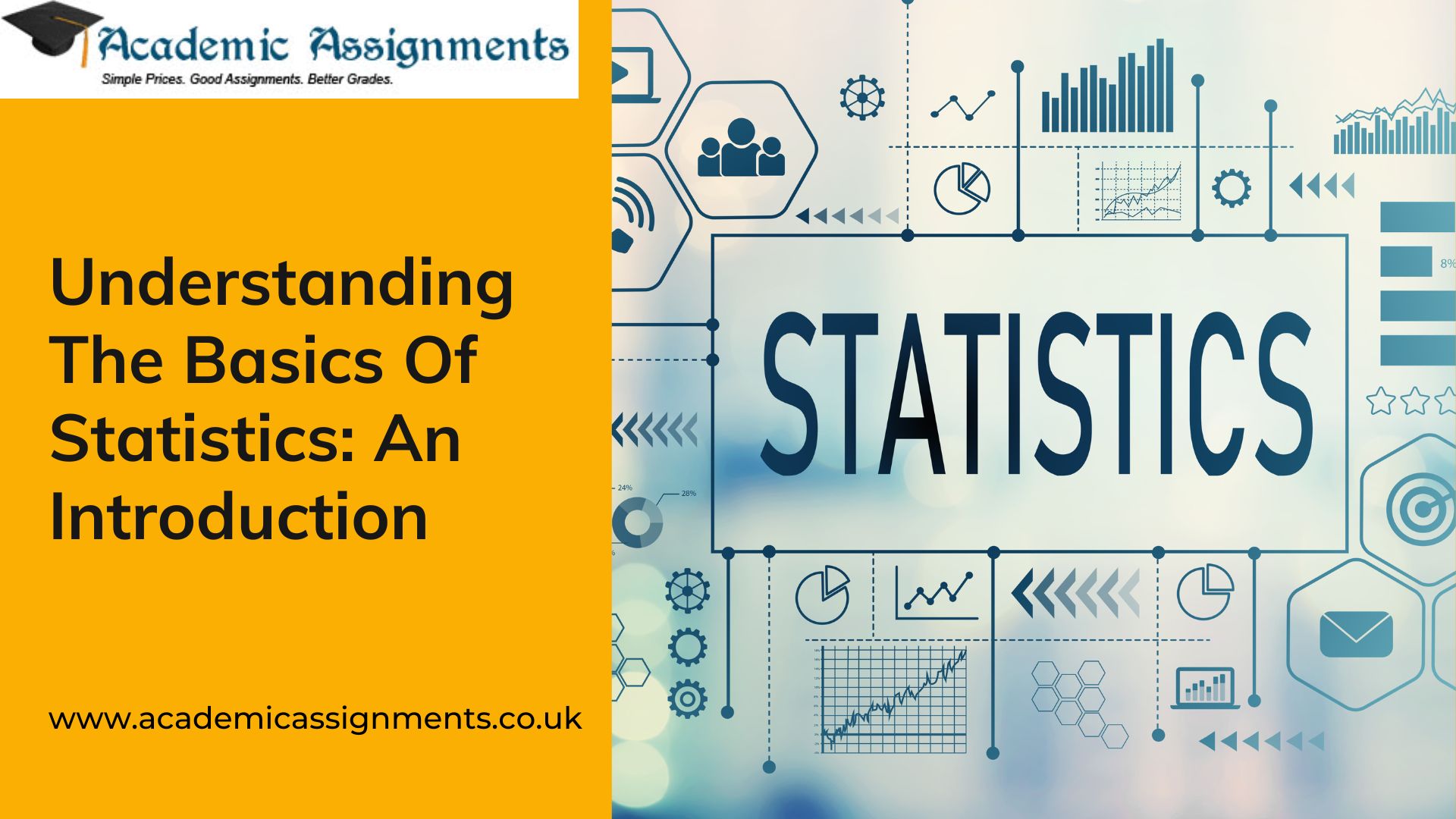Understanding The Basics Of Statistics: An Introduction
What was the calorie count for breakfast for each of us? How far did everyone travel from home today? What is the size of our home, and how many people reside in it? Understanding all of these details requires specialized tools and methods of thinking. The field of statistics enables us to manage this abundance of information effectively.
Statistics is concerned with the study of numerical data. Statisticians are responsible for collecting, organizing, and examining data, carefully scrutinising each step of the process. The principles and techniques of statistics have wide-ranging applications across numerous knowledge domains. The following is an overview of some of the key concepts and areas within the field of statistics.
Populations and Samples
In statistics, we often make inferences about a large group of individuals based on the study of a smaller subgroup. This larger group is called the population, while the studied subgroup is called the sample.
For instance, if we were interested in determining the average height of individuals in the United States, it would be impractical to measure every single person due to the immense population size. To overcome this difficulty, statistics can be employed. Rather than measuring every individual, we can obtain a statistical sample of several thousand people. If the sample is representative of the population, then the average height of the sample should be a good approximation of the average height of the entire population.
Acquiring Data
To arrive at accurate conclusions, we must start with good-quality data. How we select a sample from the population is an important aspect that should be examined closely. The type of sample we choose will depend on the specific inquiry we are making about the population. The three most commonly used types of samples are:
- Simple random sample
- Stratified sample
- Clustered sample
In addition, it is crucial to understand how the sample measurements are taken. Returning to the previous example, how do we collect the heights of the individuals in our sample?
Do we rely on self-reported heights on a questionnaire? Do various researchers throughout the country measure different people and record their findings? Does a single researcher measure each person in the sample with the same measuring tape?
Each of these data collection methods has its own advantages and limitations. Anyone using this study’s data would need to be informed about how the data was collected.
Organizing the Data
On occasion, we may have an abundance of data that can be overwhelming, making it difficult to discern significant trends. Focusing on the overall picture can be challenging when we are immersed in the details. Therefore, it is essential to keep our data well-organized. By doing so, we can use graphical representations of the data to identify patterns and trends before performing any computations.
The choice of graphical display depends on various factors. Some common types of graphs include:
- Pie charts or circle graphs
- Bar or Pareto graphs
- Scatterplots
- Time plots
- Stem-and-leaf plots
- Box-and-whisker plots
Additionally, specialized situations may call for other types of graphs.
Descriptive Statistics
Descriptive statistics is a method of data analysis that aims to determine quantities that provide an overview of our data. The mean, median, and mode are figures used to represent the average or central tendency of the data. The range and standard deviation describe how dispersed the data is. Additionally, more complex methods, such as correlation and regression, are used to analyze paired data.
Inferential Statistics
Inferential statistics involves using a sample to make predictions or conclusions about the larger population. Hypothesis testing is a concept that arises in this field, which involves proposing a hypothesis and using statistical tools on the sample to determine the probability of rejecting or accepting the hypothesis. The scientific nature of statistics is evident in this approach. However, this brief explanation only introduces inferential statistics’ complex and valuable world.
Read Also: DIFFERENCE BETWEEN INFERENTIAL AND DESCRIPTIVE STATISTICS
Applications of Statistics
The tools and techniques of statistics are widely used in almost every area of scientific research. Numerous fields depend heavily on statistics, including but not limited to psychology, economics, medicine, advertising, and demography.
The Foundations of Statistics
While some people consider statistics a subset of mathematics, it is more accurate to view it as a field built upon mathematics, particularly probability theory. Probability provides a means of determining the likelihood of an event occurring and talking about randomness, which is crucial to statistics since a representative sample must be randomly chosen from the population.
Mathematicians like Pascal and Fermat studied probability in the 1700s, which marked the beginning of statistics as a discipline. Statistics has continued to evolve and expand since then, drawing on its roots in probability theory. In modern times, the theoretical scope of statistics is broadening through the field of mathematical statistics.
Author Bio: Mark Edmonds is a seasoned academic writer at Academic Assignments. With his expertise in statistics, he has helped numerous students by providing statistics assignment help. He is also well-versed in providing management assignment help at an affordable price.

 Blogs
Blogs





